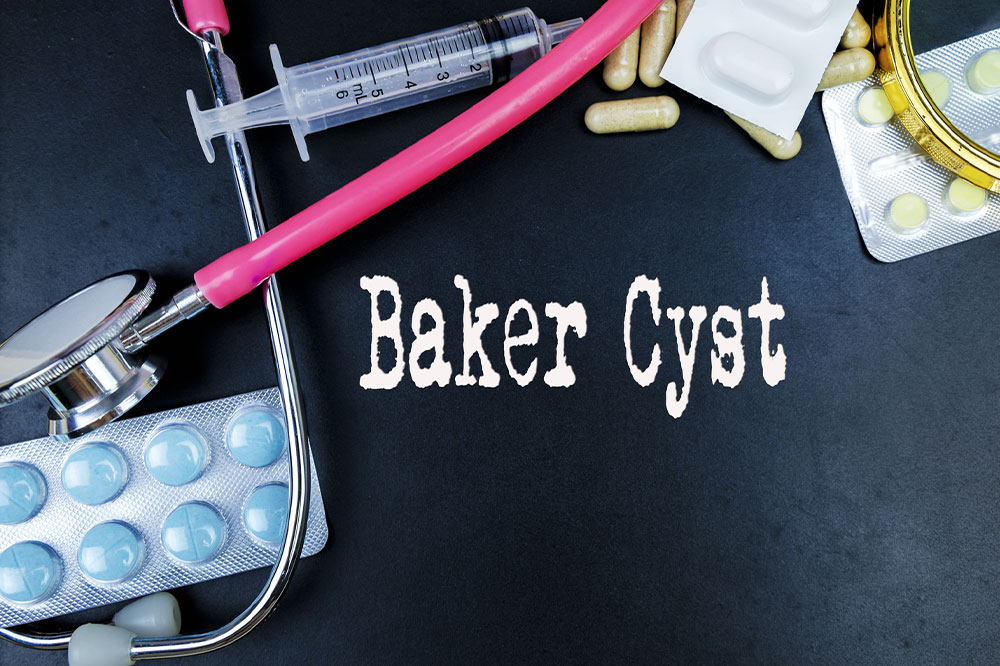
What are the signs of a Baker cyst and how to manage it
A fluid-filled cyst at the back of the knee is called a Baker cyst or a popliteal cyst. It leads to a bulge in the area, pain, and tightness. The pain may aggravate with activity or when bending or fully straightening the knee. The condition usually occurs due to knee joint issues, such as a cartilage tear or arthritis. While there are treatments primarily for the cyst, treating the underlying problem can also bring relief.
Symptoms
The most apparent symptom is a bump on the back of the knee. Beyond this, a Baker cyst may also lead to the following signs:
Stiffness
Knee pain
Swelling in the knee or the leg surrounding it
Trouble bending the knee
Some people with the condition may not experience any symptoms, and you may not detect you have a Baker cyst unless a healthcare expert notices it while diagnosing other conditions or issues that affect the knee.
Sometimes a Baker cyst may also result in discoloration or swelling in the lower leg mimicking the blood clot symptoms. If you notice any such symptom, you must visit your doctor who will examine it and confirm whether it is a blood clot or a Baker cyst.
Causes
Some common causes associated with Baker cyst are:
Gout
It is a type of arthritis that stems from the uric acid build-up in the blood, and can be one of the leading causes of the condition.
Injury
A blow to the knee or any sports-related injury may also result in a Baker cyst.
Arthritis
People with any arthritis type may have a Baker cyst.
Swelling in the knee
A spike in the fluid that lubricates the knee joint can also cause a Baker cyst. As the pressure builds up, the fluid squeezes into the back of the knee, resulting in a cyst.
Treatment
In most cases, a Baker’s cyst resolves itself and needs no specialized treatment. However, if it is painful, some treatments can help.
Home remedies
Utilize ice packs to reduce inflammation, but ensure there is no direct contact between ice and skin.
Allow the knee to rest, avoiding any irritation. Consult with a doctor to determine the appropriate duration of rest and explore alternative exercise options.
Employ crutches to alleviate weight from the knee joint and enable pain-free walking.
Employ compression bandages, which aid in knee support.
Other treatment options
Usually, an underlying cause is responsible for the Baker cyst. Hence, the doctor will take measures to treat the cause instead of the cyst. However, you may need further treatment if the swelling is massive and painful. These include:
Physical therapy
A qualified physical therapist can recommend gentle range-of-motion and strengthening exercises for your knee muscles. These exercises reduce symptoms and maintain knee function.
Corticosteroid injections
These relieve pain and reduce inflammation. However, they do not take away the risk of recurrence.
Arthroscopy
In cases of significant knee joint damage, potentially caused by a physical injury or an underlying condition, surgical cyst removal and joint repair might be necessary. The surgeon examines and addresses internal joint issues by employing an arthroscope, a slender and flexible fiber-optic tube inserted into the joint through a small surgical opening.




